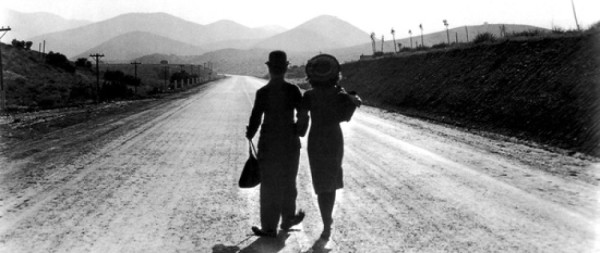Peyton Place
Directed by Mark Robson
Written by John Michael Hayes from the novel by Grace Metalios
1957/USA
Twentieth Century Fox Film Corporation/Jerry Wald Productions
Repeat viewing/Netflix
[box] Rodney Harrington: We were just playing a game called Photography. You turn off the lights and see what develops.[/box]
This glossy melodrama practically introduced U.S. audiences to rape, incest, illegitimacy, and plenty of sex talk. Old stuff nowadays but it still looks good.
Gossip seems to be the staple industry of Peyton Place. Everybody has a secret. Some hide them more successfully than others. We are plunged immediately into the trials and tribulations of the high school set. Free-thinking class valedictorian Allison McKenzie (Diane Varsi) wants to be a writer. She is curious about sex but seems too sensible to do anything really foolish. Her widowed mother Constance (Lana Turner) is repressed and thinks any kissing should wait until after marriage. Allison fights with her every step of the way.
The other young people are Rodney Harrington as the rich boy in lust with “fast” Betty Anderson (Terry Moore). Norman Page (Russ Tamblyn) is a shy boy with mother problems of his own and Selena Cross (Hope Lange) is a sweet girl from the other side of tracks. To complete our cast we have new school principal Michael Rossi (Lee Phillips) who tries to court Constance, Selena’s drunken stepfather Lucas (Arthur Kennedy), and Dr. Swain, the town’s voice of reason.
The plot is convoluted and I won’t go into details. It takes us through the elements I discuss in the intro by means of now-standard soap opera plot devices. With Mildred Dunnock as a teacher and Leon Ames as Rodney’s father.
There is no way a movie like this would be up for so many Oscars now. In 1957, though, the film screamed “important” for its willingness to take on the Code. It kept my interest and the color photography is beautiful.
My introduction to Peyton Place came through the TV series when I was in junior high school. Mia Farrow and Ryan O’Neill, who played Allison and Rodney, became familiar faces there before they were movie stars. I had always assumed Peyton Place was in New England for some reason. Given the Southern accents that some of the actors try to adopt in the movie, it seems I was wrong. Or maybe I was right and the accents are pretty bad …
Peyton Place was nominated for Academy Awards in the categories of Best Picture; Best Actress (Turner); Best Supporting Actor (Kennedy); Best Supporting Actor (Tamblyn); Best Supporting Actress (Lang); Best Supporting Actress (Varsi); Best Director; Best Writing, Screeplay Based on Material from Another Medium; and Best Cinematography.
Trailer










